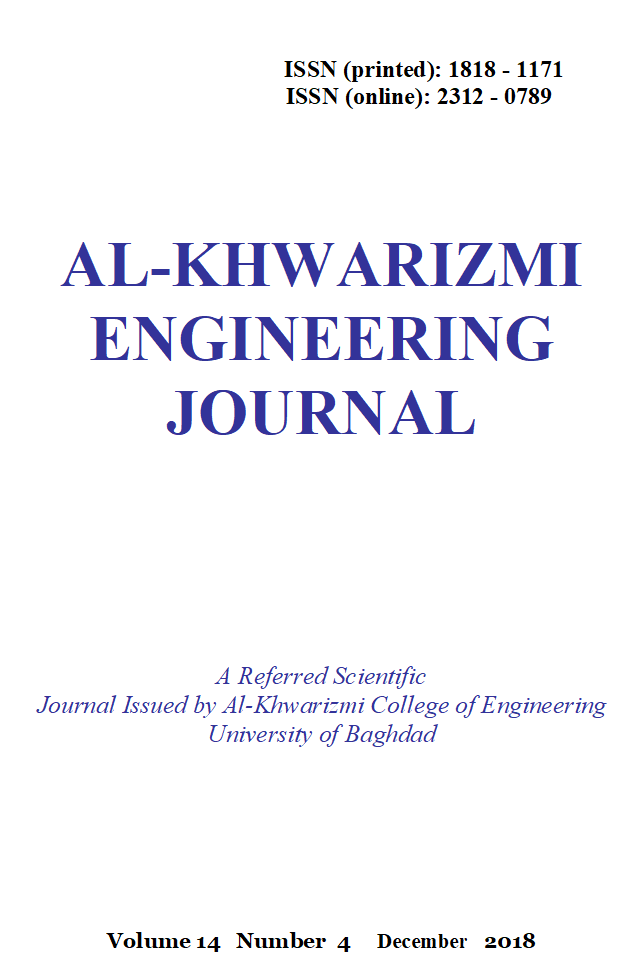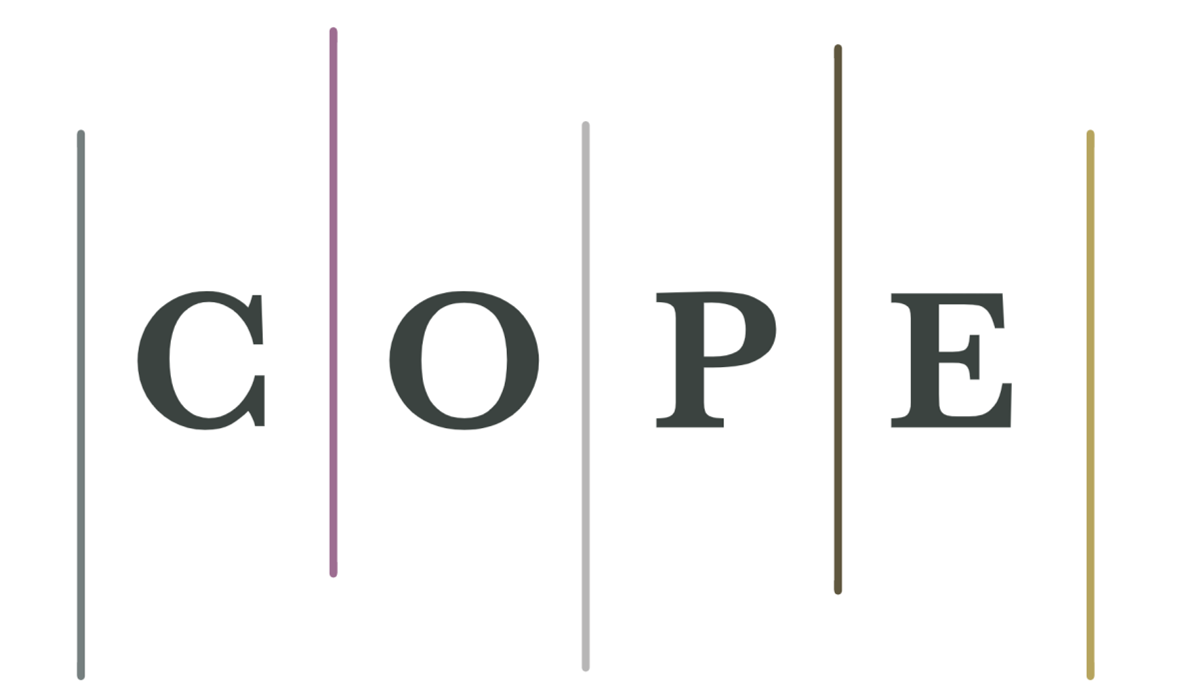Enhancement of Heat Exchanger Performance by Using Dimpled Tube
DOI:
https://doi.org/10.22153/kej.2017.05.002Abstract
The enhancement of heat exchanger performance was investigated using dimpled tubes tested at different Reynolds numbers, in the present work four types of dimpled tubes with a specified configuration manufactured, tested and then compared performance with the smooth tube and other passive techniques performance. Two dimpled arrangements along the tube were investigated, these are inline and staggered at constant pitch ratio X/d=4, the test results showed that Nusselts number (heat transfer) of the staggered array is higher than the inline array by 13%. The effect of different depths of the dimple (14.5 mm and 18.5 mm) has been also investigated; a tube with large dimple diameter enhanced the Nusselts number by about 25% for the range of Reynolds number between 4000- 20000. The overall enhancement ratio was used to differentiate the passive technique and comparison of different configurations for the technique itself, the result depicted that the 10 mm dimple diameter with a pitch ratio of X/d= 4 gives better performance than the static mixer and twisted tape techniques. The overall enhancement ratio of the 10 mm dimple diameter is varied from (1.21 to 1.65) that means good performance for a range of Reynolds numbers (4000-20000). This indicates that 21- 65 % of heat transfer area can be saved at the same pumping power compared with the smooth tube heat exchanger.
Downloads
Downloads
Published
Issue
Section
License
Copyright: Open Access authors retain the copyrights of their papers, and all open access articles are distributed under the terms of the Creative Commons Attribution License, which permits unrestricted use, distribution, and reproduction in any medium, provided that the original work is properly cited. The use of general descriptive names, trade names, trademarks, and so forth in this publication, even if not specifically identified, does not imply that these names are not protected by the relevant laws and regulations. While the advice and information in this journal are believed to be true and accurate on the date of its going to press, neither the authors, the editors, nor the publisher can accept any legal responsibility for any errors or omissions that may be made. The publisher makes no warranty, express or implied, with respect to the material contained herein.
















